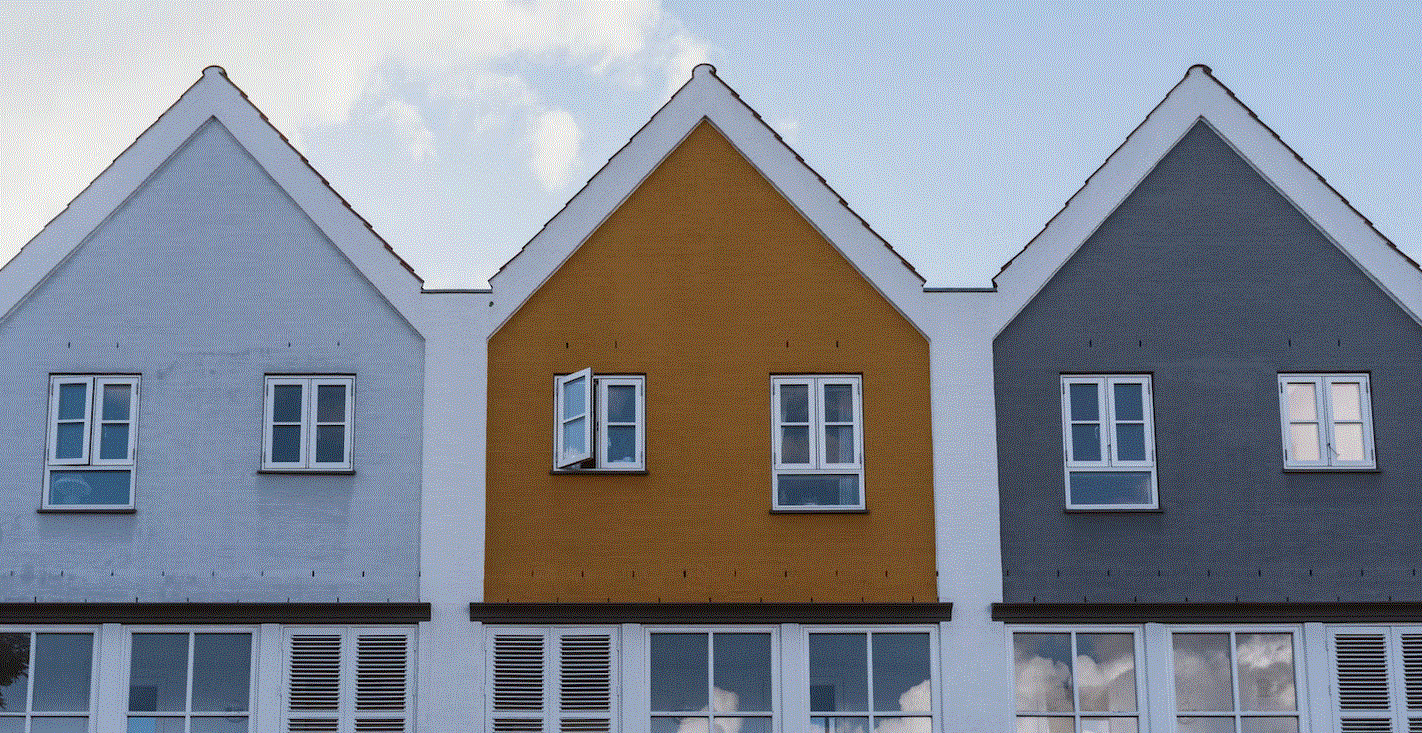FLORIDA -Despite high prices, the Florida real estate market has been cooling off. However, the state continues to be popular with Americans. Immigration to Miami and other Gulf Coast cities remains brisk. Buyers continue to bid high and close deals quickly, and many are paying cash.
Cape Coral's Real Estate Market Has A Long, Slow Recovery
The market is still recovering from the downturn, but the market hasn't seen a full recovery. As of June 28, 2022, new listings were up by 121, more than four times the pace in the previous year. However, the number of homes unsold is growing. There are 151 unsold homes in the city out of 967 listings. This represents a more than two-month supply.
According to statistics provided by real estate brokers in Cape Coral, the housing market has shown signs of slowing down. The number of available homes is increasing, but the ratio of price reductions to increases has slowed down. In April, Cape Coral's housing market had a low demand. Rising unemployment, low wages, and uncertainty reduced the buyer pool. Meanwhile, increasing credit scores, down payments, and down payments made buying a home more difficult.
Despite the slowdown, there are still good investment opportunities in Cape Coral-Ft. Myers, with low home prices and relatively affordable rents. As a result, the rent versus purchase ratio is leaning toward the buy side. While home prices have fallen below median income levels, the post-2012 appreciation has been modest and hasn't overshot the fundamentals. In addition, there is still inward migration, which will continue to support the demand for real estate.
The slowdown in tourism is another potential risk factor. Despite the lack of inventory in homes, the warm climate and easy access to the water continue to attract residents to the area. The housing market, however, needs to be properly planned to accommodate these influxes.
Rental Vacancy Rates Have Increased Moderately
The state's rental market is showing signs of softening, but rent growth remains moderate. The vacancy rate has increased slightly in many parts of the state relative to pandemic lows. Rent growth is still above two percent but is losing steam in many urban centers. Jacksonville and Naples are experiencing a stronger rental growth trend than their more rural counterparts.
HUD's updated calculation methodology incorporates more local rental market inflation data. It also performs a recent mover adjustment for all areas, accounting for the five-year ACS. With these updates, the FMRs represent the most accurate estimate of rents as of FY 2023.
Home Prices In South Florida Have Risen So Dramatically That The State Is No Longer For Sale
As of the third quarter of 2018, home prices in South Florida have risen nearly 10%, compared to last year. The South Florida market is now nearly at its historical high. The soaring prices have resulted in a drop in the number of homes for sale. Interest rates stayed near record lows, which helped fuel the push for home buying. Home prices in the West Palm Beach metro area rose 12.1% in the fourth quarter of 2020.
The surge in home prices in South Florida is a sign of an inflated real estate market. Only domestic buyers previously drove prices, but with the opening of the US borders in November 2021, buyers from abroad will again be interested in purchasing a Florida home. Millennials are also actively searching for homes in South Florida.
In addition to the housing shortage, several other issues influence home prices in South Florida. There is a lack of affordable apartments, less land for new construction, and higher prices for construction materials. Moreover, some local residents resist the idea of creating more affordable housing in the state. These residents fear property values dropping, crime rates increasing, and neighborhood damage.
As a result, many transplants are looking for cheaper homes and tax rates. Many are considering moving to cities outside the major metropolitan areas. Indeed, the National Association of Realtors has noted that Florida did not make the top five most expensive metro areas by the second quarter of 2022.




